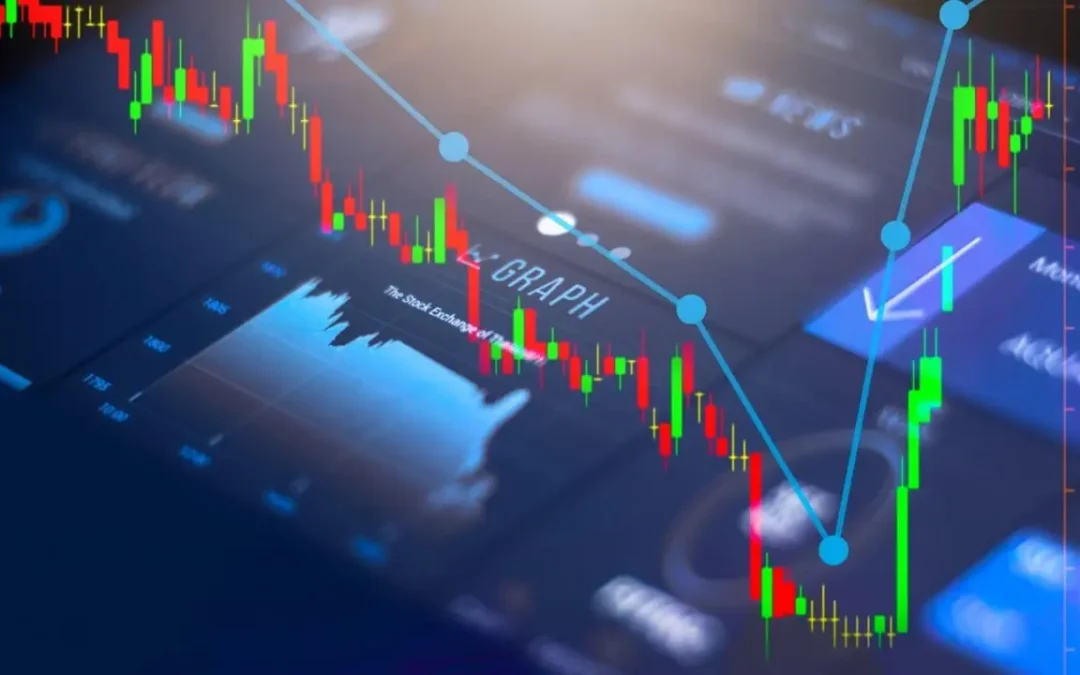Fibonacci retracements are tools that traders use to help predict market movements. These tools are based on number patterns discovered long ago. Traders use these patterns to guess when stock prices might change direction. It’s amazing how these old math ideas still help people trade in today’s foreign exchange (forex) markets.
From Middle Ages to Modern Markets
In the 1200s, an Italian analyst named Fibonacci discovered a special number pattern. In this pattern, each number is found by adding the two numbers that come before it. What seemed like just an interesting math discovery then has become very important for high frequency trading today.
Now, traders use specific numbers from this pattern – 23.6%, 38.2%, 50%, 61.8%, and 100% – as key algorithmic trading levels. These numbers often show where prices might stop and change direction. Many traders believe these levels keep showing up because they match how people naturally make trading decisions.
Old Trading Wisdom Explained
When traders first started using Fibonacci numbers, it was like having a special guide to the markets. They would look for these special price movements on their charts to guess where prices might stop falling or rising. When prices matched these levels, it seemed to prove there was a hidden order in how markets move.
New Technology Meets Old Ideas
Today’s trading world has brought new life to Fibonacci retracements. Modern trading platforms can automatically find and draw these patterns on price charts. This makes it much easier for traders to use these tools.
Today’s traders also use what they call Fibonacci extensions and projections. These help them guess where prices might go in the future. By combining these tools with other trading indicators, traders can better understand market movements and make smarter trading decisions.
Computer Trading: The New Chapter
The newest way to use Fibonacci ratios is in computer-controlled trading. Special computer programs can quickly scan through huge amounts of market data and find trading secrets using Fibonacci retracement levels. These programs can spot patterns and make trades faster than any human could. This mix of old math and new technology is changing how people trade in the forex market.
Using Fibonacci Tools in Today’s Trading
Traders look for places where prices might stop falling and start rising again using these special levels. They try to guess how far prices might move up or down and combine Fibonacci retracement levels with other forex trading signals to make better decisions. Modern computer programs help them find these patterns automatically, making the whole process much more efficient.
Tips for Success with Fibonacci Tools
New traders should start by learning the basic levels and practice finding them on price charts. It’s important to remember that while these tools are helpful, they shouldn’t be used alone. The best results come from combining them with other forex trading strategies and always being careful about managing trading risks.
The Lasting Impact
Many traders watch these Fibonacci retracement levels, which can make them work like self-fulfilling predictions. They often match other important market price levels in the financial market and work well with modern trading software. The fact that so many traders use these levels makes them even more effective in today’s markets.
Looking Forward
As trading continues to evolve, Fibonacci retracements remain valuable tools for understanding market movements. They show how ancient knowledge can still be useful in modern times. While trading methods may change, these number patterns continue to help modern traders navigate the markets effectively.
Conclusion
The story of Fibonacci retracements is a perfect example of how old ideas can stay relevant for centuries. By mixing old math ideas with new technology, these tools help traders decide what to do in today’s busy markets. As forex trading keeps evolving, these patterns remain a valuable part of many successful long term trading strategies.

